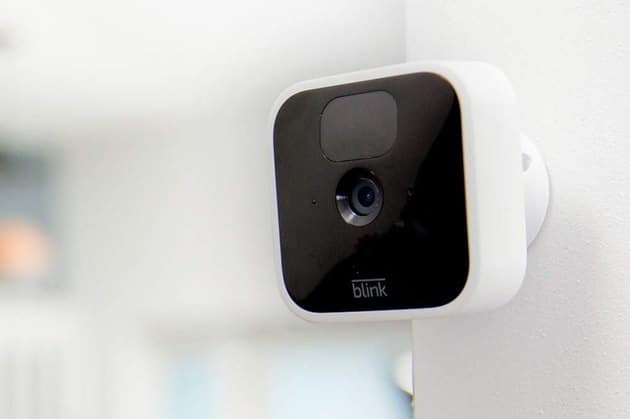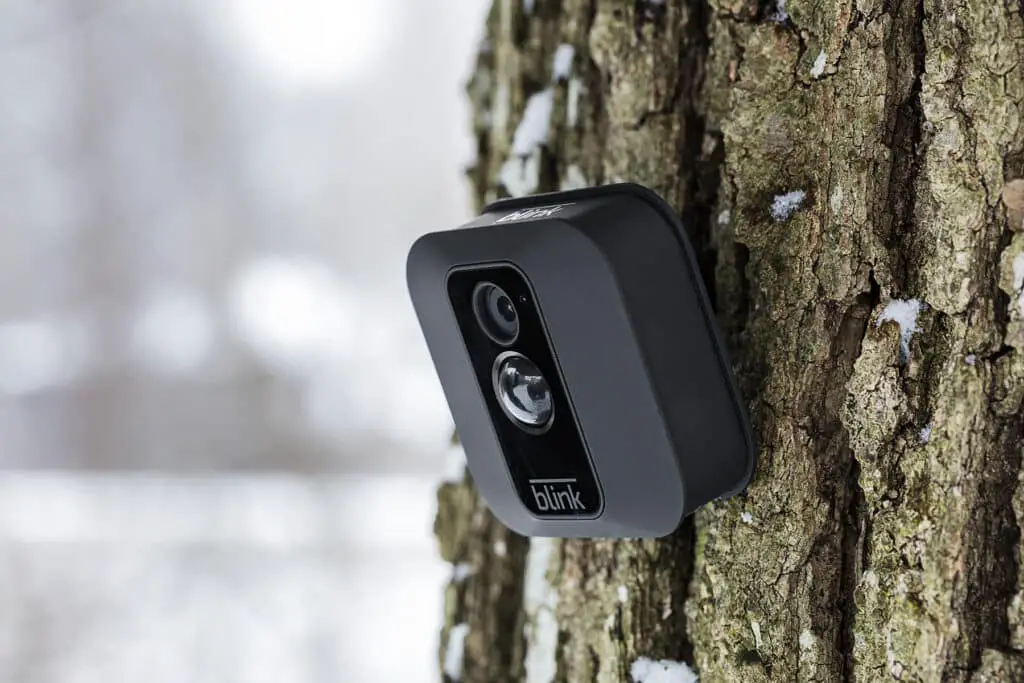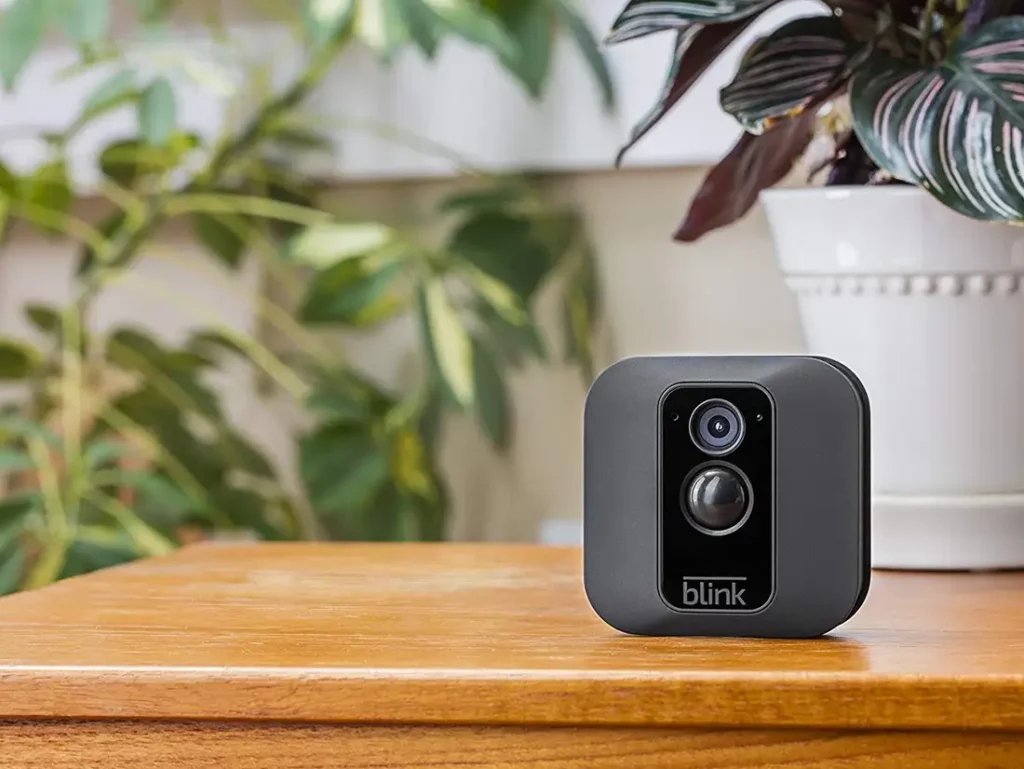Introduction
How Long Do Blink Cameras Record: In an era defined by technological advancements, home security has undergone a radical transformation with the emergence of smart surveillance systems. Among these, Blink cameras have garnered significant attention for their user-friendly interface and wireless capabilities. Understanding the recording duration is crucial for homeowners aiming to optimize their security systems and ensure seamless surveillance.
Blink cameras, developed by media Semiconductor are renowned for their compact size and easy installation. These cameras are equipped with motion sensors that activate recording when motion is detected within their field of view. The recorded footage is stored in the Blink cloud, making it accessible from anywhere through a mobile app or computer.
The recording duration of Blink cameras depends on several factors, including the camera model, the storage capacity of the cloud subscription plan, and the level of motion activity in the monitored area. Some camera models offer configurable recording settings, allowing users to customize the duration as per their preferences. Additionally, explore the subscription plans available and how they influence the storage capacity, ultimately affecting the duration of recording.

Can Blink cameras record all the time?
Unfortunately, Blink cameras do not record 24/7, they are purely motion-based clips. With a subscription plan, you’ll only be able to look at Live View continuously, but even that has a time limit. After 90 minutes, Live View will stop. And even this feature only applies to certain cameras, such as the Blink Mini.
The default setting of blink cameras is not to record “all the time.” Motion-activated cameras start recording when they detect movement in their range of vision. A fundamental difference between Blink cameras and always-on surveillance systems is motion-activated recording.
This architecture saves battery life and optimizes storage. Continuous recording would drain the camera’s battery, especially wireless versions, and use a lot of cloud storage. Motion-activated recording lets Blink cameras run for longer without battery replacements or cloud storage fees.
Depending on the camera type and user settings, Blink cameras record a few seconds to a minute of video when motion is detected. Video is uploaded to Blink cloud storage, where users can access it via app or PC. Blink cameras do not support continuous recording, yet certain users may want it for monitoring.
How long do Blink cameras hold footage?
How does the subscription plan work? Blink Subscription Plans allow you to store all motion detection and live view recordings in the cloud. Clips stay viewable until they’re manually deleted or automatically when 60 days old (30 days in the EU/UK).
Blink cameras’ cloud storage subscription plans determine how long they may store footage. It Blink cameras’ free cloud storage usually stores footage for a short time.
Blink cameras keep 24 hours of footage with the free subscription. This means that after 24 hours, existing clips will be erased to create room for new ones. This is helpful for reviewing recent film without manual deletion, but it may not be enough for long-term video archiving.
Blink’s paid membership plans allow customers to store footage longer. These membership plans offer increased cloud storage, allowing users to keep clips for days or weeks.
A basic subscription may store footage from the past week for viewing. Depending on the subscription package, higher-tier plans may offer 30 days or more of storage.
Does Blink record at night?
Yes! Blink cameras have an 850nm infrared (IR) LED light to show you clear video in areas of complete darkness.
These cameras have infrared (IR) night vision to record clear video in low-light or complete darkness. Blink cameras use IR LEDs around the lens to illuminate the area with invisible infrared light. This illumination helps the camera’s image sensor record dark objects and movements.
The camera automatically switches to night mode when ambient light decreases. The Blink camera changes from color to black-and-white video in night vision mode. This natural modification improves low-light image quality and visibility.
Blink cameras provide 24/7 surveillance and security with infrared night vision. Blink cameras may capture high-quality video of your property’s perimeter, a poorly lit hallway, or outdoor locations at night.
These cameras can record clear video in total darkness using infrared (IR) night vision. Blink cameras shine with invisible infrared light from IR LEDs around the lens. This illumination helps the camera’s image sensor capture dark objects and movements.
The camera automatically enters night mode as light drops. Blink cameras switch from color to black-and-white at night. A natural adjustment increases low-light image quality and visibility.
Blink cameras monitor 24/7 with infrared night vision. Blink cameras can record your property’s perimeter, a dark hallway, or outside areas at night.
Does Blink only record when armed?
Generally, Blink cameras shouldn’t record when disarmed. They should only do so when armed. So, if your camera is recording when disarmed, it could be that Motion Detection is enabled. Remember that Motion Detection automatically becomes active when the camera is armed.
Blink cameras only record when armed by default. Motion-activated blink cameras are part of smart home security systems. When the camera is “armed,” the motion sensors are ready to detect movement in its area of vision.
Once engaged, the camera will automatically capture brief videos when motion is detected. These clips are kept in the Blink cloud and accessible via the app or computer. Depending on the camera model and user settings, clips last a few seconds to a minute.
When the camera is “disarmed,” its motion sensors turn off, and it stops recording videos that are caused by motion. This mode helps users and homeowners briefly turn off surveillance at home or in a familiar area that doesn’t need to be watched all the time. Blink cams can be turned on and off, giving people more control over their security systems. The camera can be set to arm automatically or by hand, depending on the user’s wants.

Do Blink cameras record without WiFi?
The answer is yes, but with limited functionality. Blink cameras are designed to work with a WiFi connection, which allows them to send alerts and video footage to your smartphone or tablet. Without WiFi, the cameras can still record video footage, but you won’t be able to access it remotely.
Blink cameras need WiFi to upload footage to the Blink cloud. It Blink cameras cannot record or save real-time video without WiFi. Blink cameras record brief videos when motion is detected. This clip is sent over WiFi to the Blink cloud for subsequent viewing. Without WiFi, the camera cannot upload footage to the cloud, leaving it worthless.
Blink cameras can record motion-triggered events locally without WiFi. It will detect motion and capture video clips offline, but they will be saved locally on the camera’s internal storage rather being sent to the cloud.
The camera uploads locally saved recordings to Blink cloud storage for remote viewing after reconnecting to a WiFi network, either automatically or manually. Users may be limited by the inability to capture and store real-time video clips without WiFi. This design saves battery life and optimizes camera performance by not continually searching for an internet connection.
Do Blink cameras have audio?
The Blink Wired Floodlight, Video Doorbell, Outdoor and Indoor (3rd Gen), Mini, and XT2 cameras have two-way audio. This allows you to speak through the camera’s speaker and listen to the camera microphone for a two-way conversation.
Blink cameras did not have built-in two-way audio capabilities. This means that while Blink cameras can capture video footage, they do not have a microphone or speaker that would allow for live audio communication. For users specifically seeking a home security camera with two-way audio capabilities, it may be necessary to explore other camera options or brands that offer this feature. Many modern smart home security cameras now come equipped with two-way audio, allowing users to communicate in real-time with visitors or intruders through their mobile devices or computer apps.
While Blink cameras may not have native two-way audio, they can still be a valuable asset for home security and surveillance needs. The cameras are equipped with motion sensors, allowing them to detect movement and record short video clips when triggered. These clips can be accessed remotely through the Blink app or a computer.
Some Blink camera models may offer the ability to capture and record video with audio from the surrounding environment. This means that while there is no live audio communication, the recorded video clips may include ambient sounds that were present during the recording.
Can Blink record sound?
Blink Cameras record audio and video once it detects and triggers a motion alert. The recording time is limited to 60 seconds. Blink also features two-way audio on select models that lets users talk back to entities in front of the Camera.
Blink cameras did not have built-in microphones, which means they do not have the capability to record sound or audio. It Blink cameras were primarily designed to capture video footage triggered by motion detection, and audio recording was not a native feature of these cameras.
The absence of audio recording was a deliberate design choice by the manufacturer, likely to simplify the camera’s functionality, reduce costs, and preserve the camera’s focus on motion-activated video surveillance.
If recording sound is important for your surveillance needs, you may need to look into other camera models or names that come with built-in microphones and recording tools. Nowadays, a lot of smart home security cams have two-way audio, which means that users can not only listen to sounds around them but also talk to people nearby through apps on their phones or computers.
Do Blink cameras click when recording?
We understand that you are hearing a clicking sound when your indoor camera gets activated. The Blink Indoor Camera will make a clicking sound when switching between the regular and IR lens. This is not normally noticeable.
Blink cameras do not make an audible clicking sound when recording video. These cameras are designed to operate discreetly and unobtrusively, and one of their primary features is their ability to record silently.
Blink cameras use advanced motion sensors to detect movement and automatically start recording short video clips when triggered. This process is designed to be silent, without any noticeable clicking or mechanical sounds that could potentially alert or disturb the subject being recorded.
The silent operation of Blink cameras is especially advantageous for home security and surveillance purposes. It allows the cameras to capture motion events discreetly, making them less noticeable and reducing the risk of potential tampering or disabling attempts by intruders. The absence of an audible clicking sound also helps to preserve the camera’s battery life, as it eliminates the need for additional mechanisms or motors that might generate noise during operation.
Does blink camera have local storage?
If you aren’t subscribing to a Blink plan, once you plug in a compatible and properly formatted USB flash drive into the Sync Module 2, local storage starts automatically and saves motion detection clips to the drive. No extra steps are needed.
Blink cameras did not have native support for local storage. Unlike some other security camera systems, Blink cameras were primarily designed to rely on cloud storage for storing recorded video clips.
When a Blink camera detects motion, it records a short video clip, which is then uploaded and stored in the Blink cloud. Users can access these clips through the Blink app or a computer connected to the internet. The cloud storage provides the convenience of accessing footage remotely from anywhere with an internet connection.
The absence of local storage was a deliberate design choice, likely to keep the camera’s form factor compact and reduce complexity for users. By not having built-in local storage, Blink cameras could operate with lower power consumption, making them suitable for long-lasting battery-powered use.
While Blink cameras did not natively support local storage, some users found workarounds or utilized third-party solutions to add local storage capabilities. For instance, users could integrate Blink cameras with external devices like network-attached storage (NAS) or microSD cards to store recordings locally.

Conclusion
Blink camera recording time is crucial while setting up home security systems. This study investigated what affects Blink camera recording time and what that means. Types may differ in features and recording times to suit different users. Some cameras let users adjust recording length to suit their monitoring needs.
Blink cameras’ recording time depends on the cloud subscription plan’s storage capacity. Higher-tier plans allow customers to save more film, extending recording time before data is wiped. Note that recording time depends on motion activity in the monitored region. High-traffic or frequently moved areas may prompt more frequent recording sessions, reducing storage time.
Blink cameras offer a flexible and user-friendly home security solution. The recording duration varies based on factors such as camera model, cloud storage subscription plan, and the level of motion activity. Homeowners must carefully consider these factors while configuring their Blink camera systems to optimize their surveillance capabilities effectively. As technology continues to advance, it is expected that Blink and other smart surveillance systems will continue to evolve, providing even more sophisticated features and enhanced recording durations.

